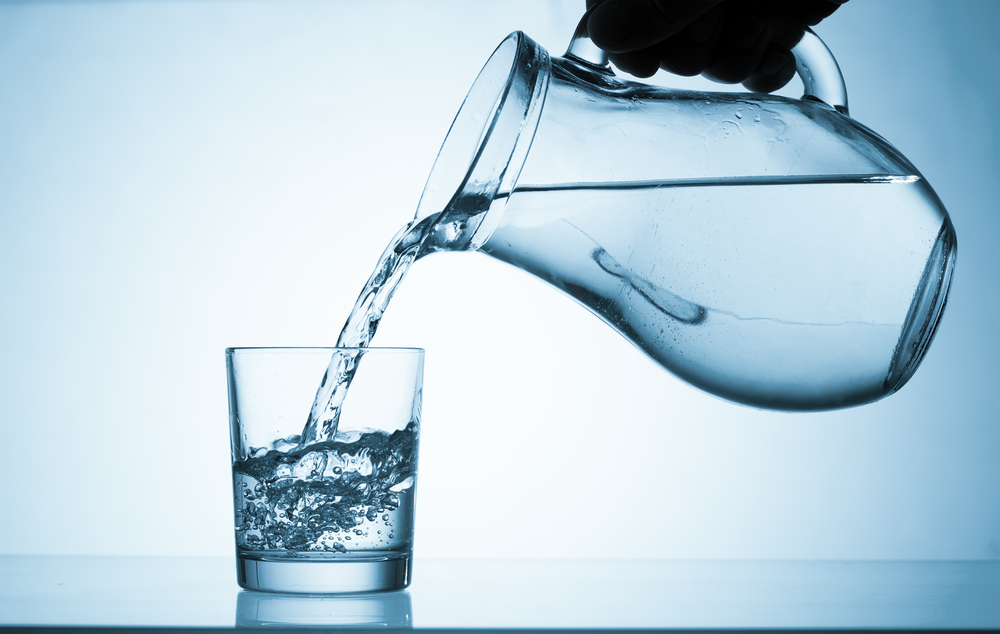What Is Distilled Water?

Distilled water shares a supermarket shelf with filtered water and spring water; at home, it competes with tap water. But what makes distilled water different?
People have produced distilled water since ancient times via distillation — the process of boiling water in a still, then collecting the condensed steam. Impurities get left behind when the water evaporates. This removes harmful microbes as well as harmless (and beneficial) minerals such as calcium and magnesium.
Filtering water, by contrast, removes microbes, but not minerals. Spring water passes through a natural filter of sorts — rock — and contains high amounts of minerals.
Due to this mineral content, filtered water and spring water taste better than distilled water, which tastes flat and flavorless. Some claim that the lack of minerals in distilled water deprives drinkers of vital nutrients, though researchers say people get the majority of those minerals from food.
Distillation also makes water suitable for use in lead-acid batteries, automotive cooling systems and other devices where mineral buildup would cause damage. Home beer brewers often use distilled water to imitate the extremely soft water in Pilsen, Czech Republic, home of Pilsner-style beers.
Follow Michael Dhar @michaeldhar. Follow LiveScience @livescience. We're also on Facebook & Google+.
Sign up for the Live Science daily newsletter now
Get the world’s most fascinating discoveries delivered straight to your inbox.

Michael Dhar is a science editor and writer based in Chicago. He has an MS in bioinformatics from NYU Tandon School of Engineering, an MA in English literature from Columbia University and a BA in English from the University of Iowa. He has written about health and science for Live Science, Scientific American, Space.com, The Fix, Earth.com and others and has edited for the American Medical Association and other organizations.









